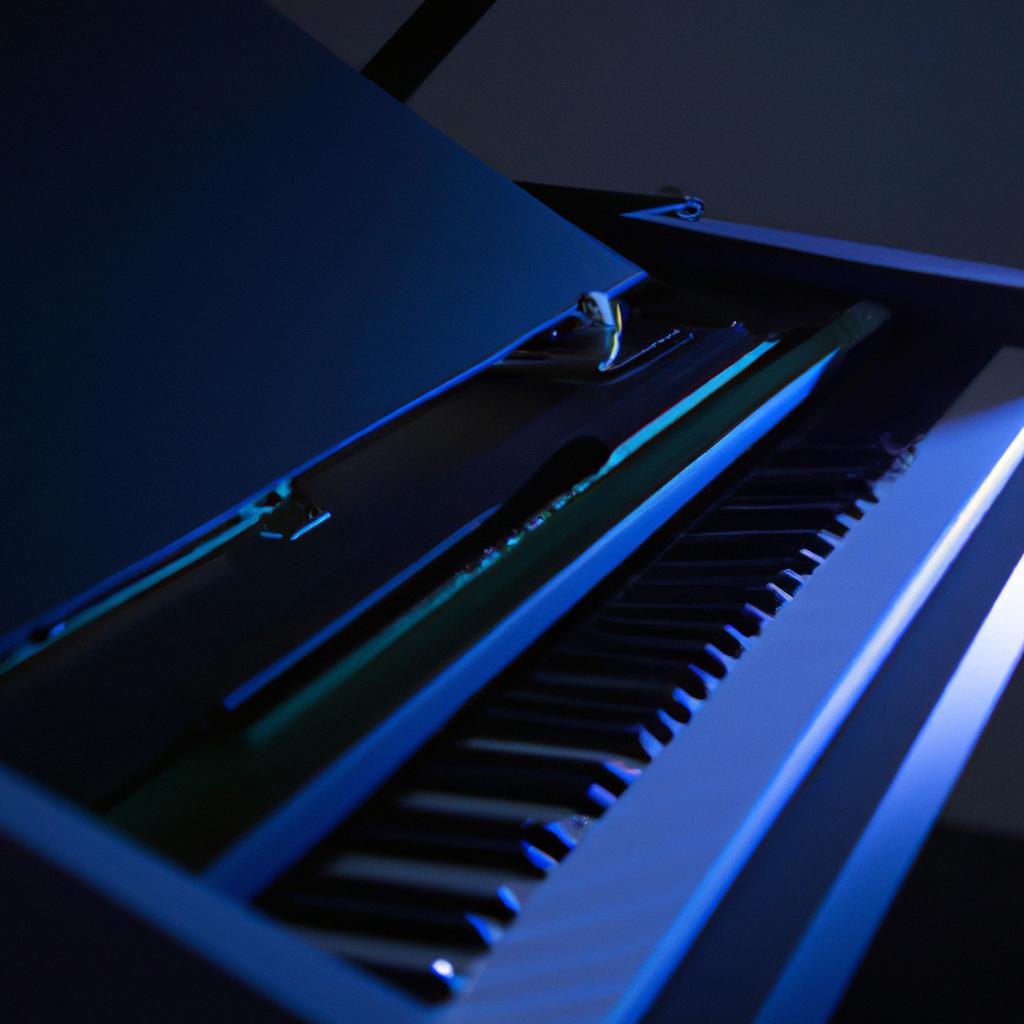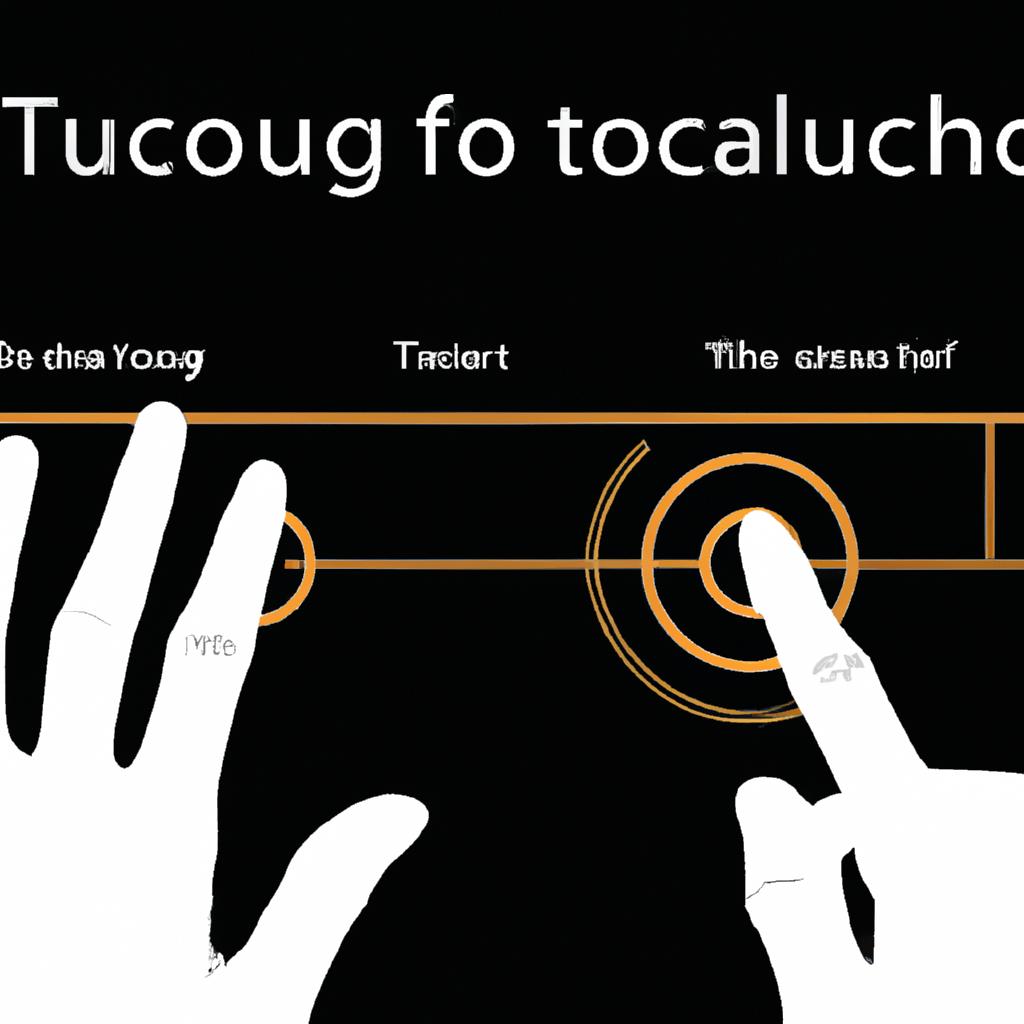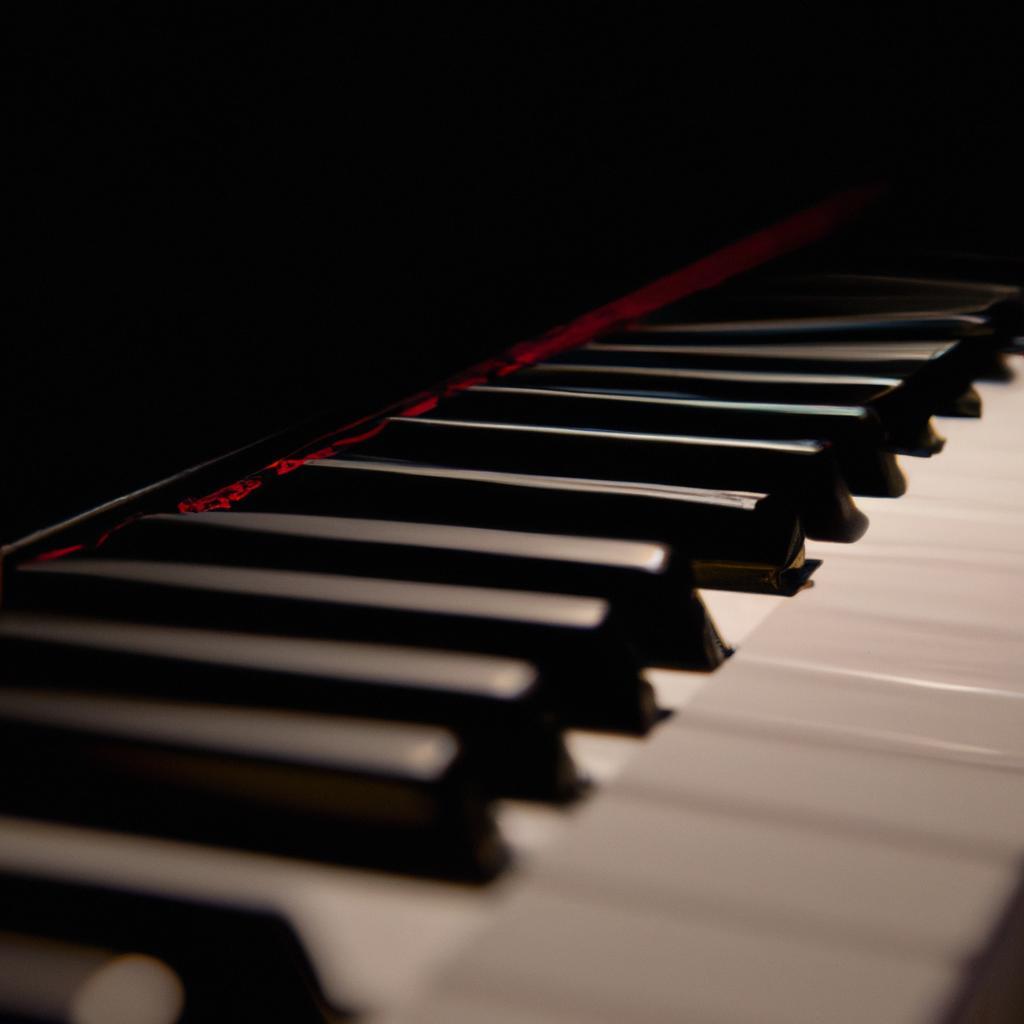In a world increasingly dominated by digital innovation, the clash between tradition and technology resonates powerfully in the realm of music. Among the instruments caught in this crossfire, the piano stands as a venerable icon of artistry and expression. For centuries, the rich timbre and nuanced touch of the acoustic piano have enchanted musicians and audiences alike. Yet, as electronic pianos have evolved from clunky synthesizers to sleek, sophisticated instruments, a fundamental question arises: Can these digital counterparts truly replicate the sound and feel of their wood-and-string predecessors? This exploration delves into the intricacies of sound, touch, and emotional resonance, scrutinizing whether electronic pianos have bridged the chasm between traditional craftsmanship and cutting-edge technology—or if the essence of the acoustic experience remains unparalleled. Join us as we navigate the symphony of opinions, innovations, and experiences in the quest for a definitive answer.
Exploring the Nuances of Sound: How Electronic Pianos Mimic Acoustic Quality
Delving into the auditory and tactile experience of pianos, one might be surprised at the sophistication embedded in modern electronic models. These instruments utilize advanced technology to replicate **acoustic sound quality**, essentially bridging the gap between traditional craftsmanship and digital innovation. Key features contributing to this replication include:
- Sampled Sounds: High-quality recordings of acoustic piano notes capture nuances in dynamics and tone.
- Weighted Keys: Mimicking the feel of real hammers striking strings, weighted keys enable a more authentic playing experience.
- Polyphony: The ability to play multiple notes simultaneously without dropping others enriches the music’s harmonic textures.
- Sound Engines: Cutting-edge algorithms create realistic timbres, allowing players to experience a wider array of piano voices.
In addition to these technological advancements, the role of **touch response** is paramount. Many electronic pianos incorporate sensitive key mechanisms that adjust the volume and tonal quality based on how forcefully a note is played, closely mimicking the expressiveness found in a traditional piano. This level of responsiveness enhances the emotional connection between the instrument and the musician, ensuring that even enthusiasts of acoustic pianos find satisfaction in their electronic counterparts.
| Feature | Acoustic Piano | Electronic Piano |
|---|---|---|
| Sound Production | Strings & Hammers | Digital Samples |
| Touch Sensitivity | Dynamic | Weighted Keys |
| Maintenance | Regular Tuning | No Tuning Required |
| Portability | Heavy & Bulky | Lightweight & Compact |

The Touch Factor: Assessing Key Action and Feel in Digital Instruments
When evaluating the authenticity of electronic pianos, one must delve into the intricate connection between touch and sound. This relationship is not merely about achieving a sonic resemblance to traditional pianos; it encompasses several key elements that enhance the overall playing experience:
- Weighted Keys: Many electronic pianos feature a graded hammer action that mimics the resistance and weight distribution found in acoustic pianos.
- Velocity Sensitivity: This technology enables dynamic response to varying levels of pressure, allowing for expressive nuances similar to that of an acoustic instrument.
- Touch Response Settings: Some instruments allow for customization of touch sensitivity, catering to individual playing styles and preferences.
These features together create a field where digital innovation meets traditional craftsmanship, making the player’s touch a crucial element in assessing the overall authenticity and satisfaction derived from these digital instruments.
In Summary
As we draw the curtain on our exploration of electronic pianos and their ability to replicate the cherished sound and feel of traditional pianos, it’s clear that this topic is as nuanced as the notes that resonate from the keys themselves. While electronic pianos have made remarkable strides in technology and artistry, bridging the gap between digital and acoustic, the heart of the matter lies woven in personal preference and artistic intention.
For some, the warmth and character of a grand piano will always hold an irreplaceable place in their hearts, while others may find solace in the versatility and convenience that electronic pianos offer. Ultimately, whether you are a seasoned player or a curious beginner, the best piano for you may be the one that inspires your creativity and nurtures your passion for music.
As we continue to navigate this evolving landscape of sound, let us celebrate the innovation that allows us to experience the beauty of music in myriad forms, each with its own unique voice. The journey of musical expression is what truly matters, no matter the instrument in hand. So, whether you choose to tickle the ivories of a grand or an electronic masterpiece, may your musical adventure be rich and rewarding.


